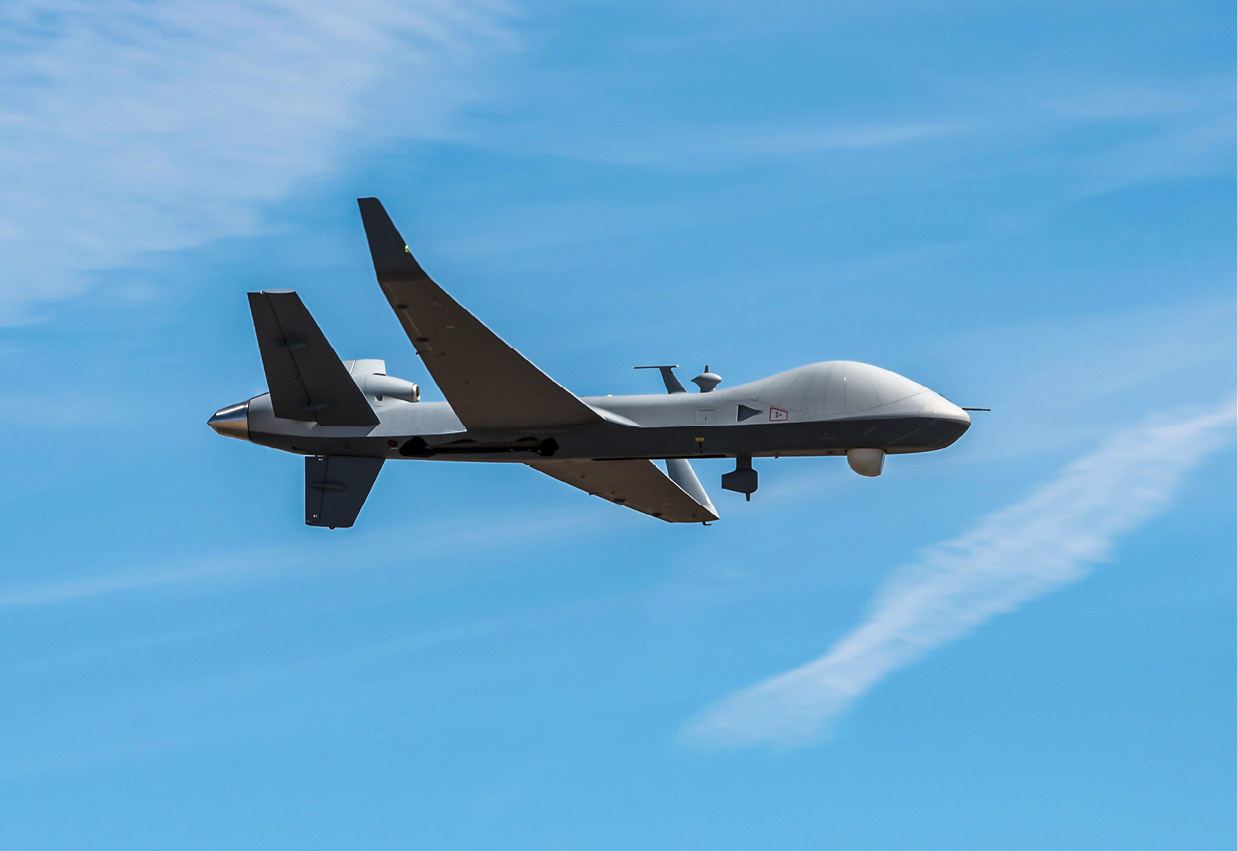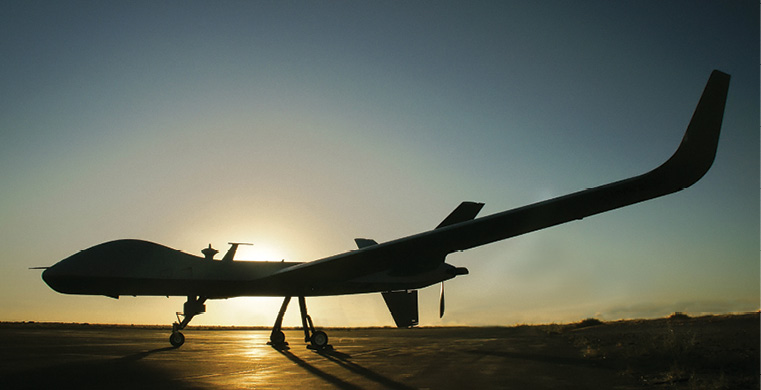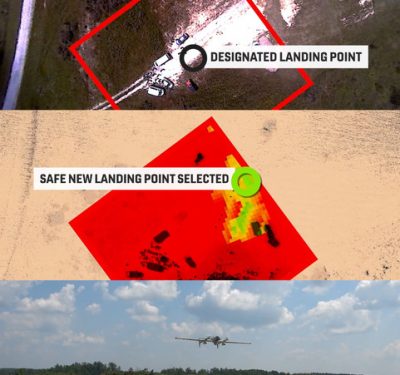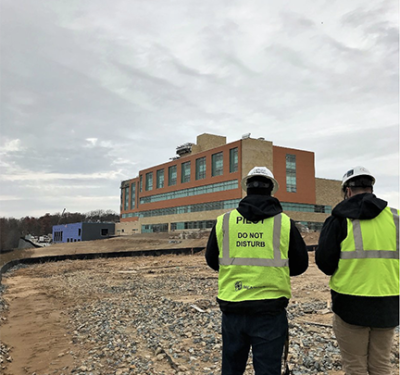
It depends. If we’re talking about the number of drones America needs, the answer has to be “all of ’em,” because we haven’t begun to see the explosion in the number of civilian drones in this country.
If we’re talking about the types of civil drones America will fly, the answer is different. I think the drone industry will go the way of the cell phone industry and neck down to a few major types of very safe, very reliable, very secure, and very flexible drones. The cell phone industry went from dozens of types of phones, all with their own operating system in the early 2000s, to a handful of phone types with just two operating systems (OS); Apples’ iOS and Google’s Android OS. Apple went with a tightly coupled hardware and OS approach and Google went with a loosely coupled hardware and OS approach. Together, they represent roughly 97% of the worldwide cell phone market.
Lessons from the Cell Phone Market
Why did the cell phone industry neck down two major operating systems in the past decade? Security and stability were the two driving factors. Apple’s iOS traces its lineage back to UNIX, an OS known for its security. Apple addressed stability issues by tightly coupling their hardware and operating systems. Unlike open systems, Apple has the luxury of writing code for a small number of hardware suites. It makes for a very stable, very secure platform. Google based its Android OS on Linux (essentially the open source version of UNIX) and made the code available to any cell phone manufacturer. Because Google can’t code to specific hardware, Android isn’t quite as secure as iOS nor as stable. It is, however, flexible and sales prove they made the right choice. Androids’ 80.7% of the market dwarfs iOS’s 17.7%.
I think the drone market will go the same way, but for different reasons. The smart phone market consolidated around two operating systems for security and stability. Drones need both security and stability, but add a third reason to consolidate—safety. Smart phones can do a lot of things, but plunging down on to your head from 400 ft with four propellers churning isn’t one of them.
A Focus on Safety
The FAA doesn’t require drones less than 55 lbs flown under Part 107 rules to conform to airworthiness standards but that doesn’t mean the insurance companies—or personal injury lawyers—will let manufacturers sell unsafe drones. Because Part 107 only allows operations within visual sight of a remote pilot, civil drones have been small and uncomplicated. The vast majority of civil drones in the U.S. weigh less than five pounds and these small drones self-certify their airworthiness, using industry standards versus formal FAA standards.
As I’ve said repeatedly, drones won’t be commercially viable until the FAA permits beyond line of sight operations (BLOS) and these larger, more complex drones will probably require FAA airworthiness certification. Airworthiness is not for the faint hearted; it took General Atomics years and tens of millions of dollars to make an MQ-1 Predator that complies with NATO airworthiness standards.
The need to have some sort of airworthiness—from self-certified to formal—will promote market consolidation into a small number of very safe, very airworthy platforms. I think the days of dozens of startups building a wide range of drones are over. The market now knows how to make safe small drones and aviation regulators now know how to certify large drones. Prepare to see the market coalesce into a handful of safe, flexible drone “trucks” that can easily swap sensors/cargo, supported by a vibrant software library that will spark missions that we can’t imagine now.
Enabling airworthy drones with a large mission software library (or a drone app store) leads back to the Apple versus Android approach to hardware integration. Just like the drone airframe consolidation, expect to see consolidation around a small number of very safe drone operating systems. The Apple approach would see a major manufacturer tightly integrating their hardware and OS, supported by published interface to permit an app store approach. The Android approach is more difficult for aviation because the actual flight control software portion of the OS must be tightly integrated with drone hardware to make it safe and airworthy. The Air Force has already addressed this problem with Universal Control Interface (UCI) standards. UCI only addresses data needed for drones to plan their missions, interact with air traffic control and process data. Actual flight control is handled by airframe specific flight software.

Where the Market is Going
Is there any current evidence of market consolidation? I think we already have our “Apple approach” with the People’s Republic of China’s (PRC) DJI. DJI is dominating the American consumer drone market with its tightly coupled hardware/OS approach. Their Phantom line is close to being the country’s universal small drone. Finding the “Android approach” takes more digging, but I think Insitu is on the right track—albeit for larger drones. Their Insitu Common Open Mission Management Command and Control (ICOMC2) software takes the UCI approach by strictly separating flight control software from mission software to maintain airworthiness while encouraging innovation via published interfaces for the mission software. The manufacturer is responsible for supplying the flight control software for their airframe, but the mission application software is open to anyone. Although it doesn’t have the market dominance of DJI’s Phantom, Insitu’s Scan Eagle is a proven, airworthy drone “truck” with a substantial market share of the larger drone market.
Will the unique aspects of aviation drive an Apple solution or will the open Android approach win out, just like it did with smart phones? Only time will tell…






